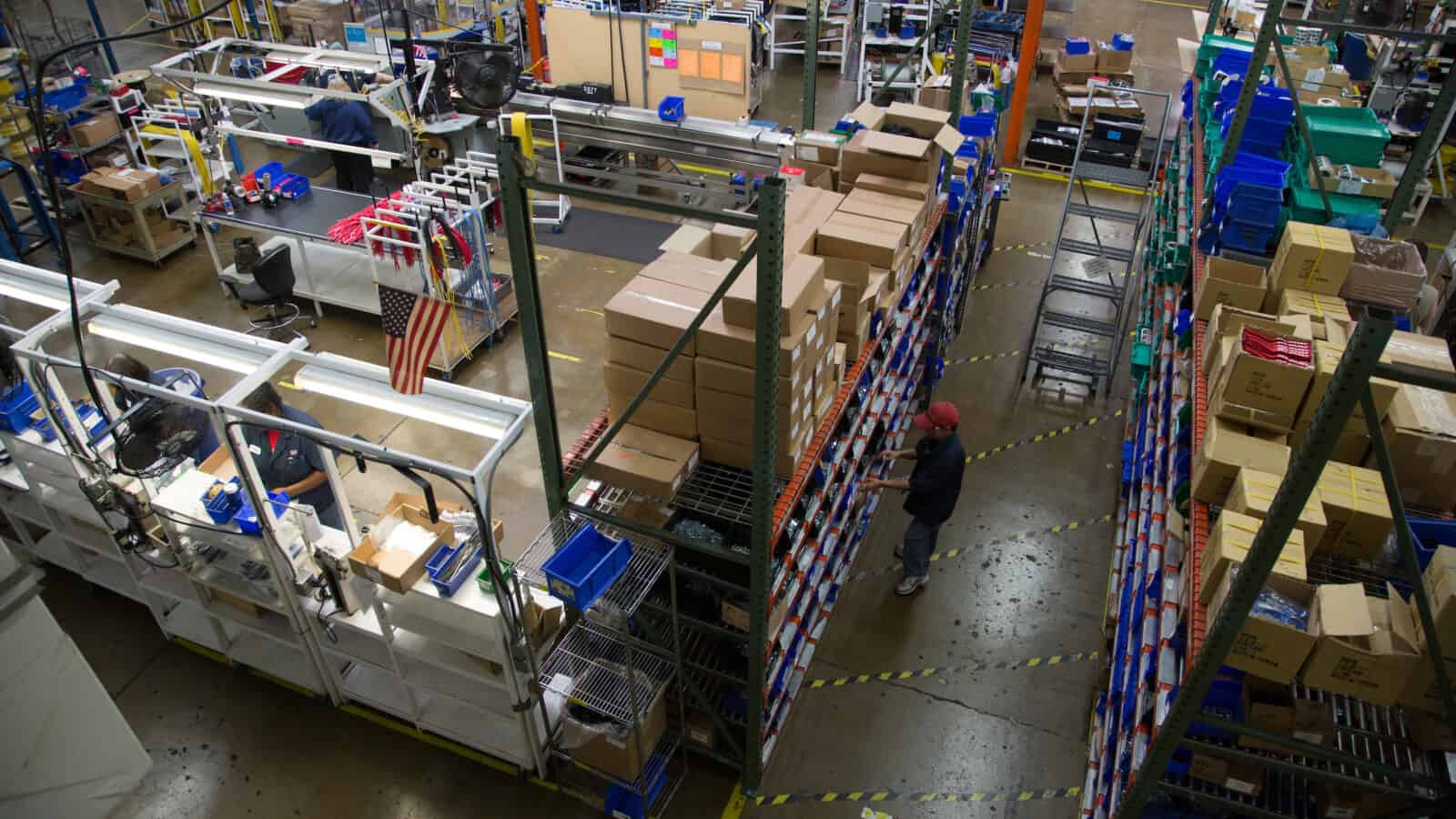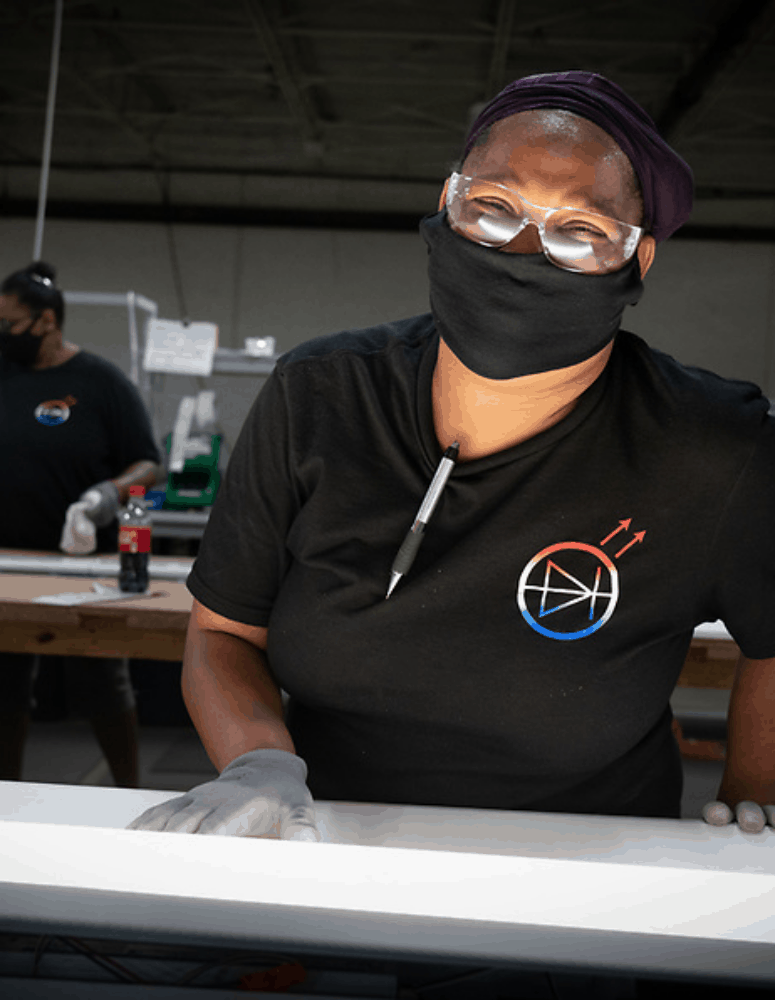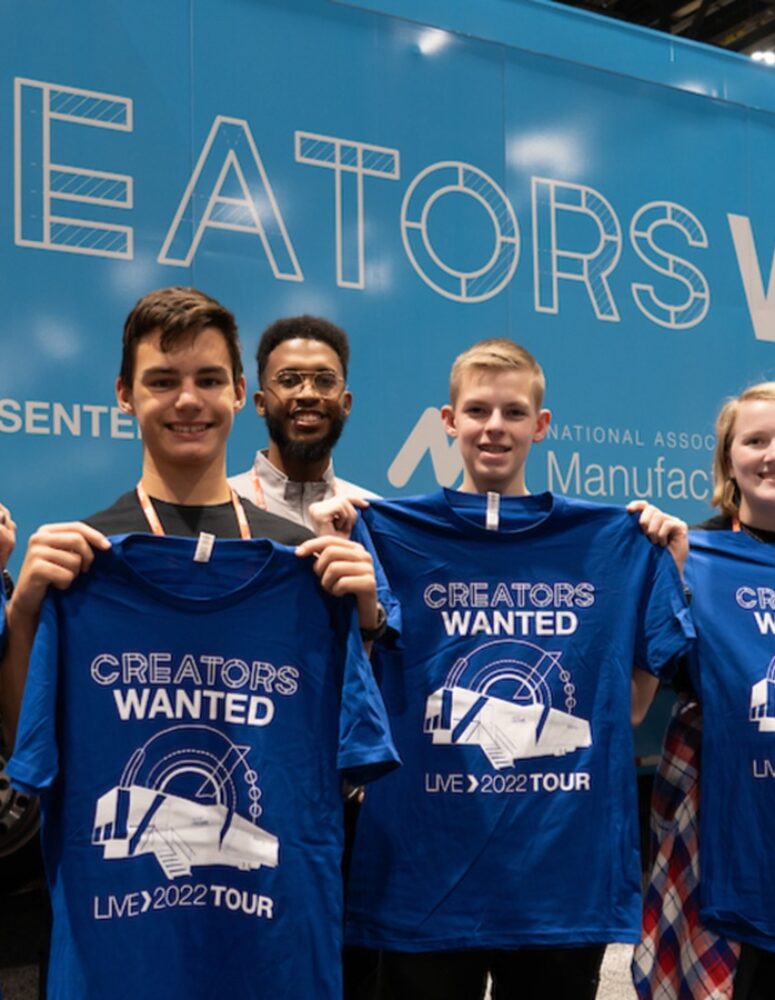How Manufacturers Can Recruit Effectively

With 9.9 million job openings in the economy and 5.7 million people looking for jobs, the labor market is tight, with only 58 job seekers for every 100 job openings. Manufacturers who are looking to fill almost 700,000 jobs are struggling to find talent. That’s why the Manufacturing Institute convened a group of manufacturers last month for the Solution Series: Recruitment Workshop, where they discussed recruitment challenges and identified ways to address them. Here are some of the takeaways.
A wide range of challenges: At the beginning of the workshop, participants brought up the challenges they face in recruiting employees, particularly hourly and shop-floor workers.
- The most commonly cited challenge was communicating company culture and brand messaging. Several manufacturers in attendance had multiple locations with different cultures, which made it difficult to create consistent job postings. Meanwhile, other companies did not have a defined mission or set of values that they could easily promote to prospective employees.
- As one participant put it, “It’s important to think through why working at your company is good. This is different than the reasons why buying from the company is good.”
- Other challenges that participants shared included determining the right compensation in a competitive labor market, educating upper management on the changing economic landscape and attracting a wide array of candidates.
Food for thought: Participants then listened to industry experts speak about manufacturing employment trends, fair chance hiring, the gig economy and the importance of speed in recruitment.
- Employment trends: Manufacturers are competing against other manufacturers and industries for the same, limited labor pool, noted Chad Moutray, the director of the MI’s Center for Manufacturing Research and the NAM’s chief economist. “Issues like company culture, flexibility and career advancement become critical differentiators in a tight labor market,” he advised.
- Fair chance hiring: As Cassi Zumbiel, managing director at Envoy, put it, “Many of the barriers keeping second chance workers [individuals with criminal records] from good jobs were instituted by employers when the labor market was dramatically different, when there was a surplus of labor. That’s not the case anymore. Fair chance hiring can help address the labor shortage.”
- Gig workers: Wes Wood, director of strategic growth at Veryable, shared how his company’s online application connects gig workers to manufacturing jobs, filling in gaps in second and third shifts and having a positive impact on company culture.
- Recruitment: With manufacturers facing stiff competition for talent, moving quickly in the recruitment process makes a difference. Mike Schaefer, senior vice president at FactoryFix, described how his company supports manufacturers by automating follow-up within 15 minutes of a job seeker submitting an application.
Time to brainstorm: Participants also broke out into small groups to discuss their top challenges and brainstorm solutions. Here were some of their recommendations:
- Tighten up the job description. Think of a job description as an advertisement—not a contract. Keep it short. As one participant put it, “You don’t want to advertise accountability.” Another good tip: An external job description should not be the same as the internal job description. Only the latter should include all the details and technicalities.
- Streamline the application process. Don’t require a resume or cover letter for most of your hourly or entry-level positions. Ask only the key questions and reserve more in-depth ones for the phone screen or interview. One company cut its process down from 12 minutes to 3—and started receiving significantly more applications.
- Think about how to source talent. Consider working with K–12 schools, vocational programs and community colleges, or consider creating a second chance program, veterans program or refugee program. Lots of great talent pools exist. Manufacturers should explore their local options, find community partners and conduct consistent outreach.
The last word: After a day of energizing conversations, participants left ready to implement what they had learned. As one attendee put it, “Hearing what works and doesn’t work for other manufacturers was absolutely amazing.”



